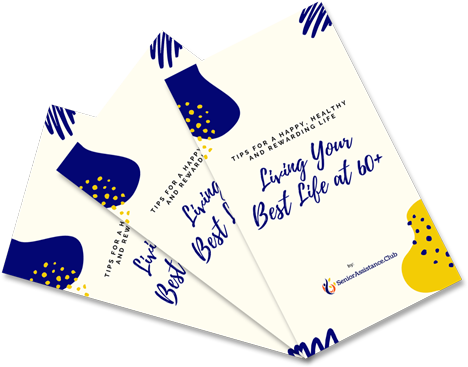Best Products And Strategies For Fall-Proofing Your Home

Six out of ten falls happen at home. We spend much of our time at home, often moving on autopilot without considering balance or safety.
Whether you’ve been living in your home for decades, or are newly relocated, there are many changes you can make to fall-proof your home. Preventive modifications can help you avoid falls before they happen.
Let’s jump in and explore options.
Check your front steps. Are they broken or uneven? Try to fix cracks and wobbles before they become problematic.
Check Welcome Mat
Is the mat ancient, cracked, or slippery? Replace the welcome mat frequently to prevent falls or slips at the front door.
Lighting
Is the lighting clear and easily accessible? If you’re coming home after dark, make it easy to see the way. Consider putting in tasteful path lighting. You might also enjoy having motion-sensors to automatically light the entry.
Bench
Do you have a bench to put the groceries on when you come home? If not, consider getting a bench or table at the entry. It will help you manage groceries, packages, and finding your keys.
Key or Entry Pad
If you’re struggling with finding your keys and keeping your balance, consider other options. Many people enjoy having a keyless door locks. You’ll never worry about losing your house keys again!
Grab Bars
Do you have a grab bar, banister or safety rail near the door? If not, you might find this simple modification makes it easier to keep your balance.
-
Handrails
Many older homes were built before handrails were installed. Check all stairways to make sure the handrails are sturdy and tightly fastened. -
Lighting
Check to make sure that areas are well lit. Look for handy spots with light switches at the top and bottom of the stairs, and at both ends of a hallway. -
Carpets
Double check that all carpets are firmly attached and do not slip. Use no-slip strips on tile and wood floors. Clear out small area rugs and throw rugs, as these can be invitations to slip and slide. -
Habits:
Keep surfaces clean and clear. If you tend to pile books, magazines, mail and clothes along stairways or in hallways—now is a good time to build a new habit.
Keep shoes by the front door. This helps you save time searching for your shoes, plus you won’t keep them on the stairways.
Use the lights. You don’t have to stumble around in the dark.
- Install grab bars near toilets.
- Add safety grab bars for the tub and shower.
- Use non-skid mats and strips on tile and floors.
- Install night-lights if the bathroom journey is down a hallway or includes stairs.
Habits
- Turn on night-lights for nighttime trips to the bathroom.
- Arrange furniture so you won’t stumble or trip over it
- Put night-lights and switches within easy reach
Habits
- Keep a flashlight by the bed.
- Keep your phone near the bed.
If you’re concerned about falling, you have options.
You may want to consider getting a personal emergency response system. This is a special necklace, bracelet or console that enables you to push a button to alert 911. This type of personal medical alarm is often not covered by insurance, and costs a fee. Check your local area to see what is available.
You can also check with your local health department or local Area Agency on Aging. Many states and counties have programs to educate people on how to prevent falls at home.
For installing grab bars and house modifications, remember that you don’t have to go-it alone. The National Association of Home Builders has Certified Aging-in-Place Specialists. Check their directory to see if one of these professionals is available in your community.
Additionally, there are many national resources to help you learn about personal habits, products and strategies to fall proof your home. The best ones include:
National Resource Center on Supportive Housing and Modifications
www.homemods.org
Rebuilding Together
www.rebuildingtogether.org
CDC: Center for Disease Control and Prevention
www.cdc.gov
National Center for Injury Prevention and Control
www.cdc.gov/injury
National Falls Prevention Resource Center
www.ncoa.org/center-for-healthy-aging/falls-resource-center/
The Big Idea: It’s easier to prevent a fall than you might imagine.
With a little focused attention, you can make modifications to your home and your habits. Many of these changes cost little or are free.
Think about your home. Imagine that you’re walking into it for the first time, with an eye to prevent your dearest friend from falling. What would you notice? What would you add, change, or delete? Now, you’ve got a plan of action!
